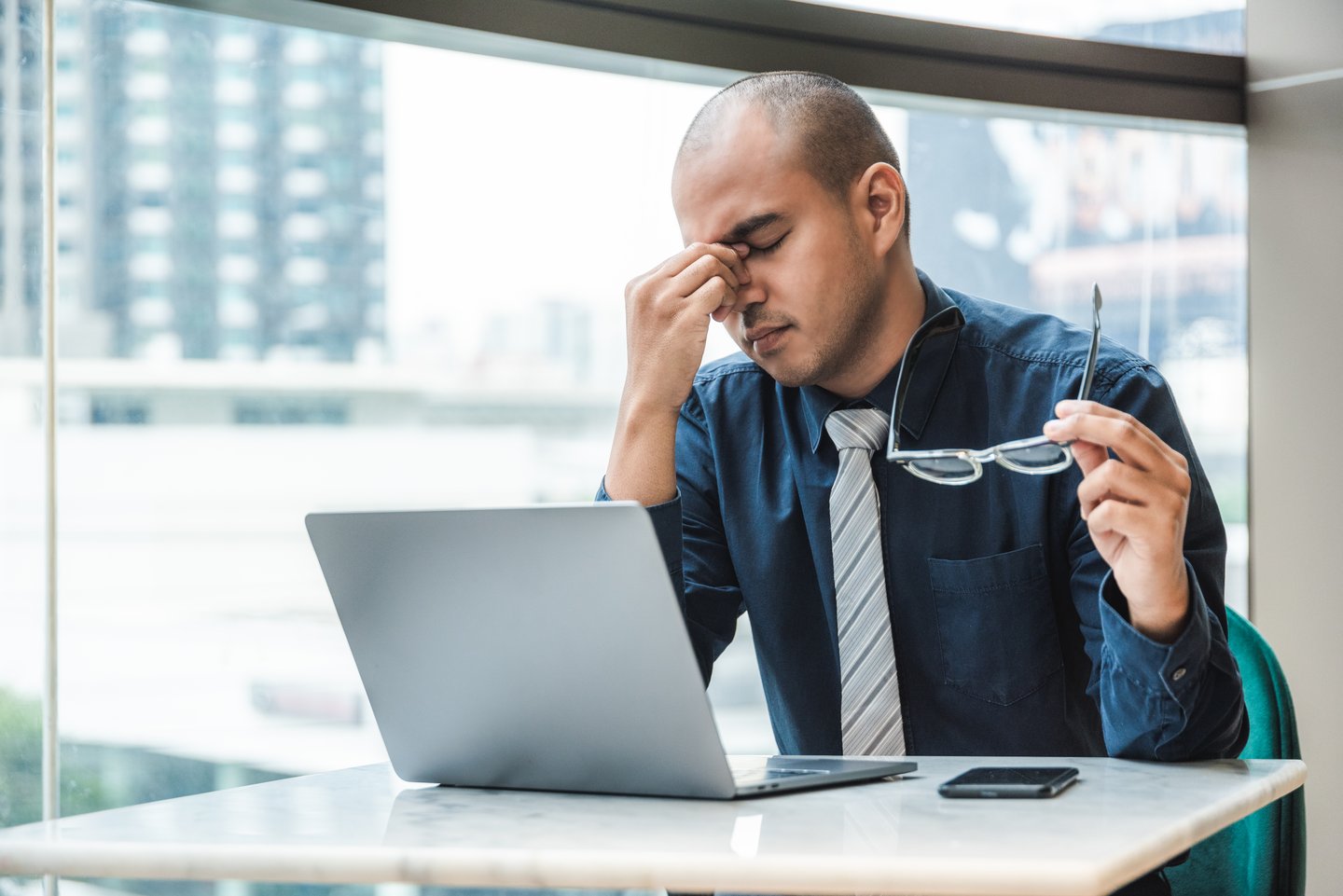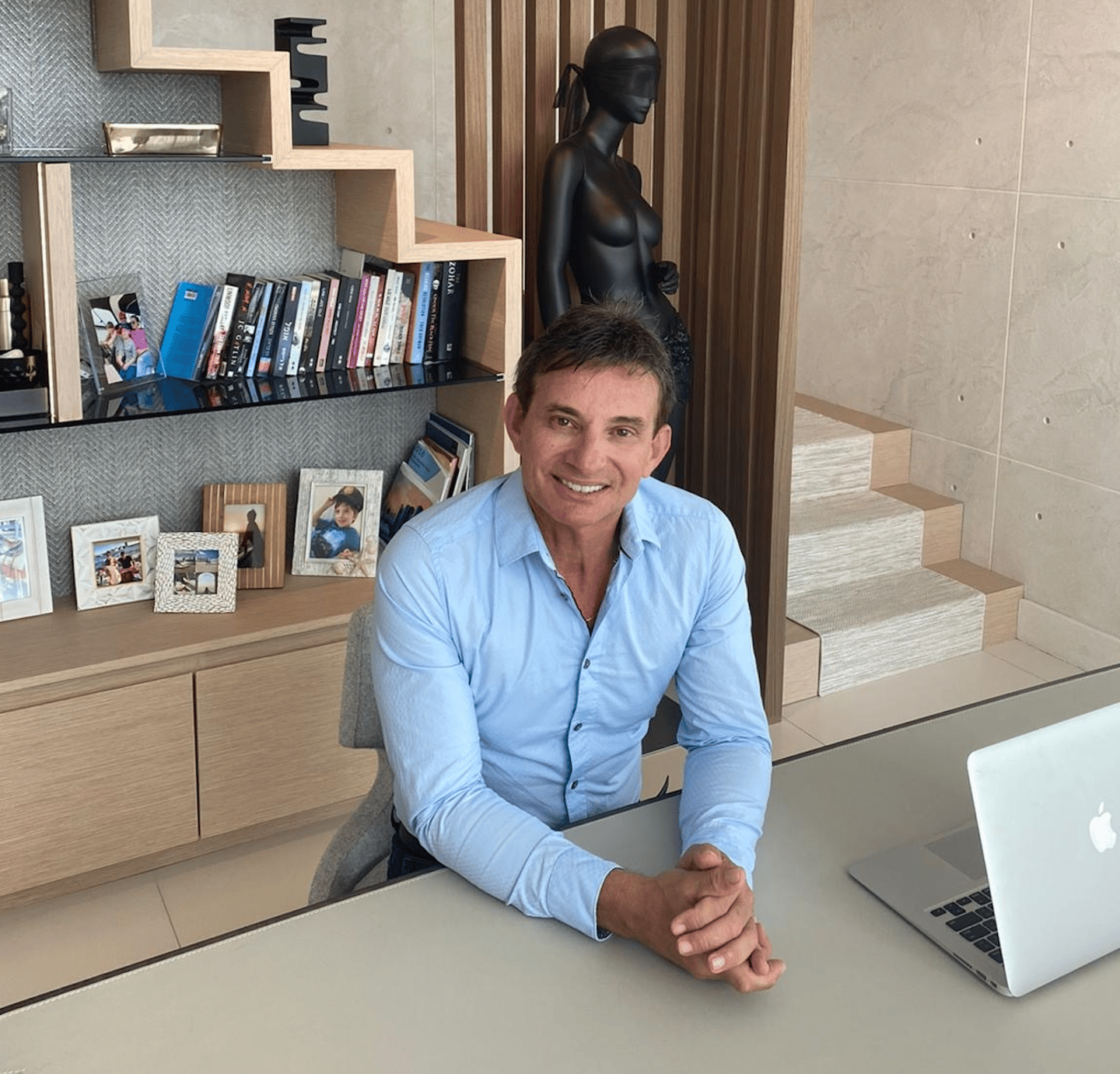How Technology is Combating Sick Building Syndrome in North America’s Hotels
According to the World Health Organization, 40 percent of North America’s buildings are sick – and as a result, they’re making us sick, too. On average, people spend about 90 percent of their time indoors. With the backdrop of the global pandemic, this has only increased, causing growing concerns over how poor indoor air and water quality pose significant threats to public health and safety. It also brings to light what I believe to be one of the greatest challenges of the 21st century: Sick Building Syndrome.
Life after the pandemic calls for a new standard of health and safety. For those of us in the hospitality sector, and specifically, in the hotel industry, the baseline expectation is that we’re able to provide guests with a clean and worry-free space. This begins with understanding the underlying causes of Sick Building Syndrome, its impact on both hotel services and the guest experience, and how we can leverage technology to improve the experience, even beyond the pandemic.
What is Sick Building Syndrome?
Sick Building Syndrome (SBS) is one of the greatest challenges our society is currently facing and, unfortunately, it remains poorly understood and most often, unrecognized.
A building is classified as ‘sick’ when more than 20 percent of its occupants complain about persistent symptoms of illness, mostly due to poor indoor air quality. Typical in buildings with poor filtration systems, SBS can manifest in occupants in a number of ways, including respiratory, skin, and even neurological problems due to harmful exposure to viruses, bacteria, and pathogens.
While SBS may be challenging to detect, its impact is staggering. According to the US Environmental Protection Agency, SBS and Building Related Illness costs the US economy over $78.5 billion every year through illness, which can lead to decreased productivity and related absenteeism. In the US alone, 3.8 million people die from illnesses that are attributable to indoor air, as well as water pollution.
Studies have also shown that indoor air can be up to five times more polluted than the air outside. When you consider that we take 17,000 to 23,000 breaths per day, this helps put into perspective the amount of pathogens that can end up in our lungs and bloodstream, simply by breathing. More importantly, it underscores the importance of ensuring that the buildings where we live, work, and play are well-equipped to improve indoor air quality, for the long-term benefit of public health and safety.
The impact on hotels and the guest experience
Our standard of healthy living has evolved, and so, the hotel industry must adapt too. In light of the global pandemic, concerns around our buildings’ impact on our physical and mental wellbeing have been heightened as more people find themselves restricted to the confines of their indoor spaces. As a result, the challenge that the hospitality sector faces in the short-term will be to regain guests’ confidence in staying at hotels once they’re able to travel.
It’s absolutely critical that the hotel industry doubles down on improving the health and safety of their buildings – and this starts with the basic fundamentals of ensuring clean indoor air and water. Unfortunately, instances of SBS and other building-related illnesses can curtail hoteliers’ efforts to re-instill this confidence among their customers and, instead, can prolong the hesitation that people currently feel.
What they’ll need to prioritize is implementing rigorous cleaning and sanitation protocols, not only to provide guests with a clean space, but to give them peace of mind. In today’s day and age, people need to be reassured that they can travel safely again, and hotels are a gateway to that experience. Demonstrating that public health and safety is of the utmost priority to prospective guests will provide hotels with the competitive advantage they need to jumpstart their recovery out of the pandemic.
Technology’s role in the future of the hotel industry
Innovation in hospitality across the globe has translated into technologies that make the guest experience exciting and worry-free. However, they’ve failed to offer a simple solution to every individual's primary needs – clean air and water.
According to a recent research study conducted by Savanta (a global data, research, and advisory firm that has worked extensively with clients in the technology and B2B space, including Google, Amazon, and Microsoft), among 1,165 people in the US and Canada assessed how different demographics perceived indoor air and water quality in varying settings – the results are enlightening.
Only 27 percent of survey respondents who intend on staying at hotels perceive hotels’ indoor air and water quality to be safe. To that end, 93 percent of hotel visitors are likely to prefer a hotel that provides certified clean and safe air and water over those that don't. Similarly, 79 percent of visitors are willing to pay, on average, CAD$12 extra per night to rent a room in a hotel with indoor air and water quality certifications.
Hotels have an opportunity to recoup lost confidence among the public, simply by doubling down on the simple concept of clean indoor air and water. Technology, like Clear’s, enables 24/7 monitoring of indoor air and water quality in real-time, which can provide hotel managers and developers with an accurate read on the immediate health of a building. In a similar vein, technology can provide guests with transparency into the health conditions of the hotel they’re staying at. For instance, part of our services include installing TV’s in a building’s lobby that are synced to our firewall technologies. This gives guests direct access to real-time building data through these screens, as well as through the Clear mobile app.
Technology is paving the way into the future of hospitality, from streamlining the checking in process and providing strong internet connectivity, to soliciting feedback from guests electronically and monitoring indoor air and water quality. Hoteliers today should not disregard the countless ways in which technology can enhance the overall guest experience, and above all else, support public health and safety.
About the Author
Gil Blutrich is an Israeli-Canadian real estate entrepreneur, philanthropist, developer, and the founder of Clear Inc. Named Ernst & Young’s Entrepreneur of the Year in 2004, Gil is also the founder of Mishorim Development and Skyline Investments (both of which are publicly-traded on the Tel Aviv Stock Exchange), as well as Blutrich Holdings Inc. and its subsidiaries (including Clear Inc.), which he launched in February 2020.
Clear Inc. is a provider of world-class air and water firewall technologies that improve indoor air and water quality in hotels, as well as apartments, condominiums, and commercial buildings. Clear is on a mission to improve public health and safety, and elevate awareness of one of the greatest challenges of the 21st century: Sick Building Syndrome.


